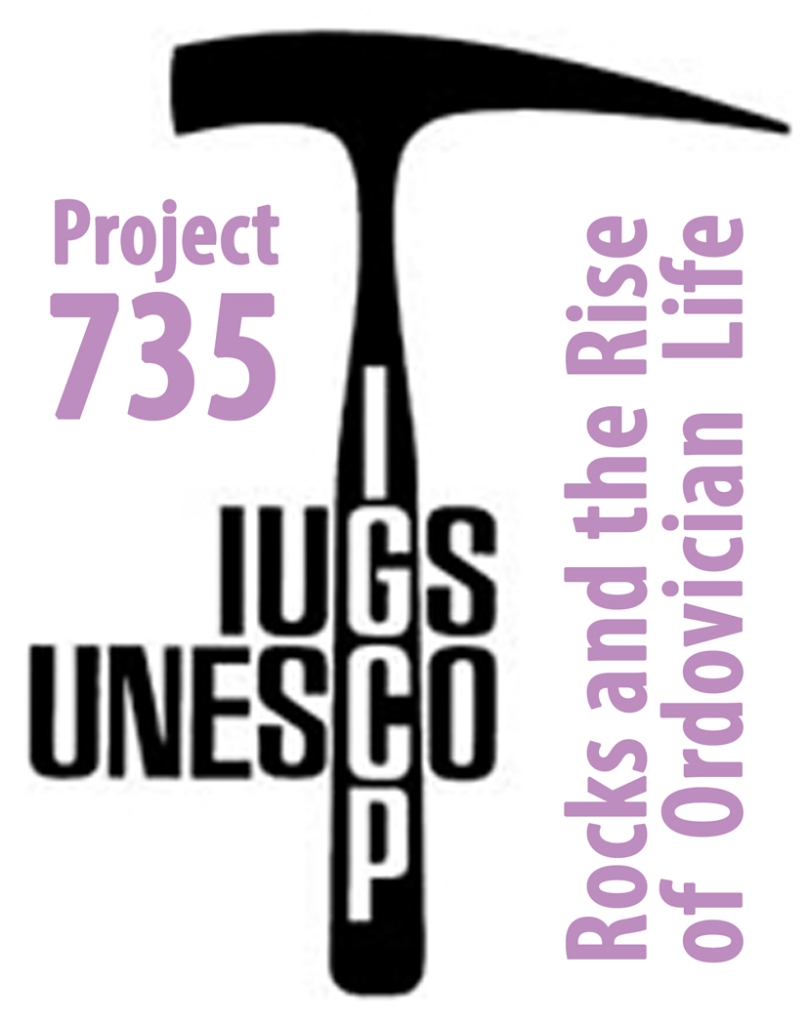
We are delighted to inform you that our project proposal has been accepted by the IGCP board at the UNESCO. It is IGCP project 735. Click here to link to the UNESCO page.
Outline of the project
Deciphering the complex interactions between climate change, biodiversity and ecosystem structuration is a major societal issue for future generations. The geological record offers the unique opportunity to document the impact of environmental changes in the biosphere in the past, and thus to provide some clues for the future. In this context, the Early Palaeozoic is probably one of the most critical intervals to document such interactions between biotas and the Earth system. This interval embraces major evolutionary events such as the Cambrian Explosion and the Great Ordovician Biodiversification Event, but also major shifts in climate with a dramatic impact on the biosphere. Recently, the development of large-scale collaborative palaeontological databases promoted high-resolution analyses of biodiversity patterns, which could be compared with different environmental proxies. However, most available data are so far strongly biased towards some geographic areas (Europe, North America) and time intervals (lower-middle Cambrian, Middle-Upper Ordovician).
Through a multidisciplinary approach, and in close collaboration with the International Sub-commission on Ordovician Stratigraphy, the project aims at filling the numerous knowledge gaps in most regions of the world (e.g. Africa, Asia and South America), with a special focus on less-documented time intervals (e.g. late Cambrian to Early Ordovician).
